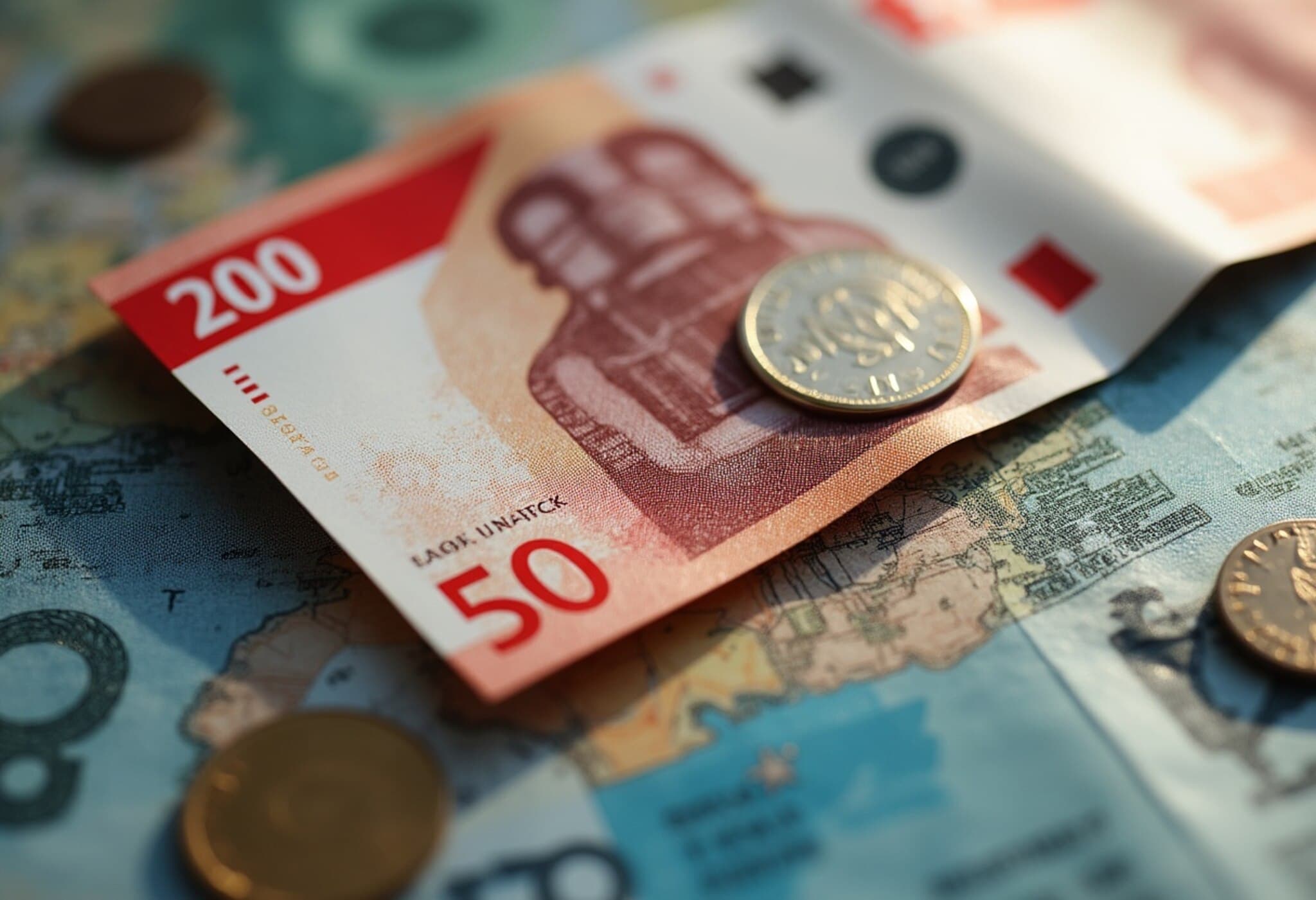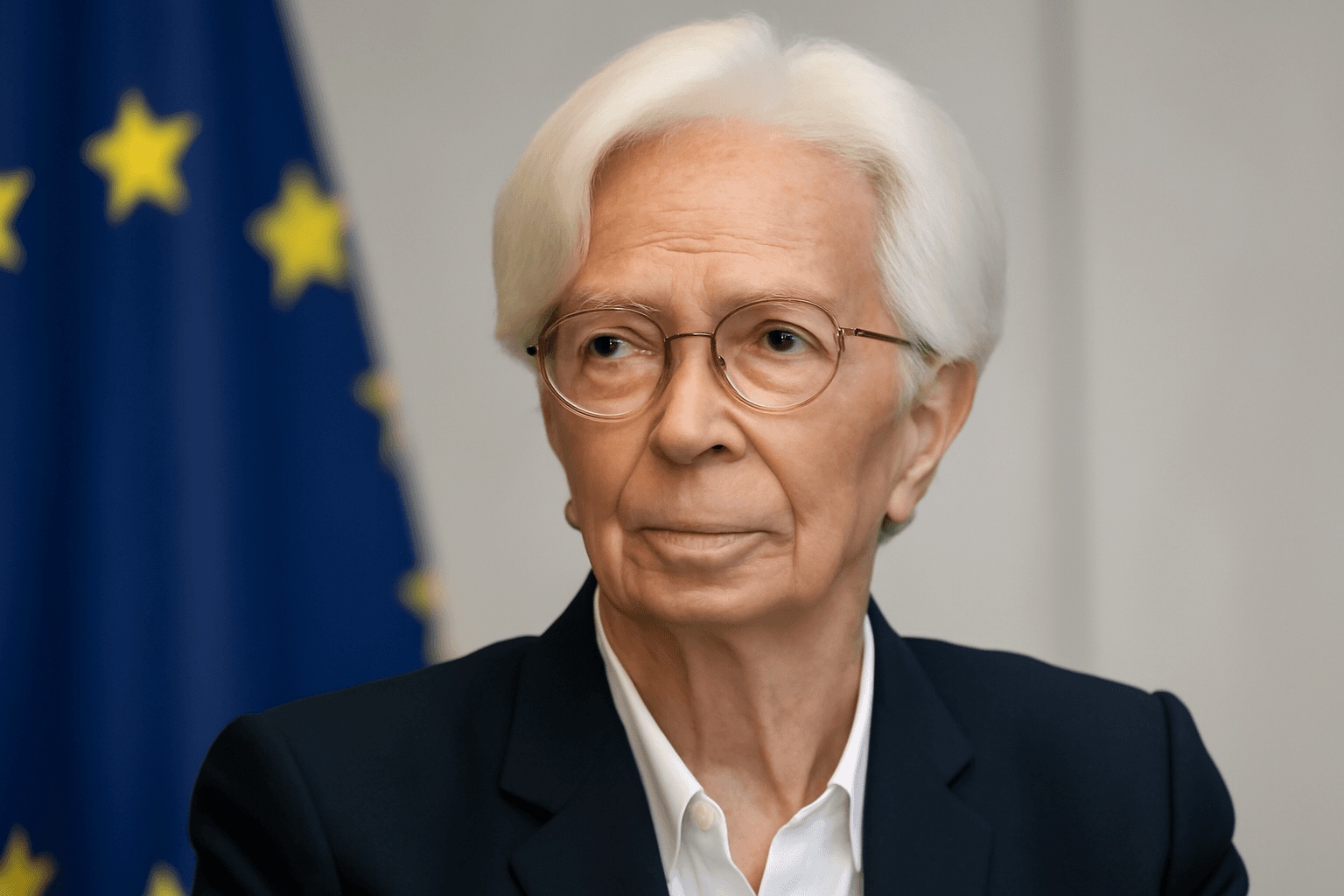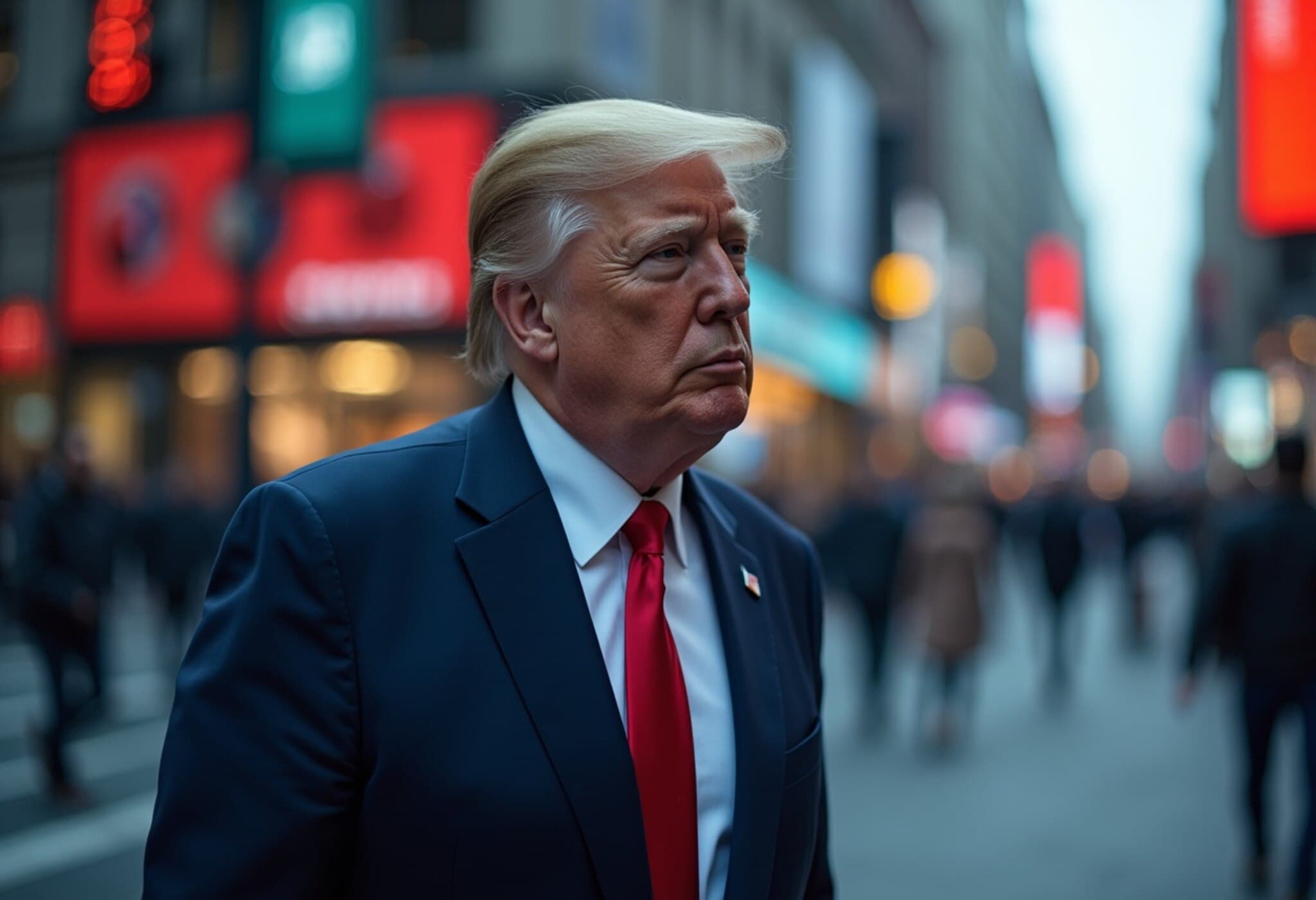Singapore Dollar Rising as a Quasi Safe-Haven Amid Volatile Markets
In the ever-fluctuating world of global finance, investors instinctively flock toward safe-haven assets—those financial instruments expected to retain or appreciate in times of uncertainty. Historically, currencies such as the U.S. dollar, Japanese yen, and Swiss franc have dominated this space, backed by strong economies and political stability. However, shifting dynamics are casting the spotlight on an unexpected contender: the Singapore dollar (SGD).
Why the Singapore Dollar Is Drawing Attention
Several factors set Singapore apart. Notably, the SGD has demonstrated a remarkable degree of stability and low volatility during financial disruptions, particularly within the Asia-Pacific region. Christopher Wong, FX strategist at OCBC, explains, “While the SGD is not yet on par with global titans like the USD or JPY, it functions like a 'quasi safe-haven,' especially for emerging markets in Asia.” This reputation has helped the SGD gain approximately 6% against the dollar year-to-date, with forecasts by Jefferies hinting at potential parity with the USD within the next five years.
Omar Slim, co-head of Asia Fixed Income at PineBridge Investments, attributes the SGD’s credibility largely to Singapore’s robust institutional framework and unwavering fiscal discipline. “Singapore’s economic resilience and prudent policymaking form the foundation of the SGD’s growing safe-haven appeal,” Slim notes.
Policy and Monetary Strategy: Stability Over Speculation
Singapore’s approach to currency management diverges sharply from many countries. Rather than lean heavily on adjusting interest rates, the Monetary Authority of Singapore (MAS) controls the SGD by carefully managing its value against a basket of key trading partners within a concealed policy band. This strategy limits exchange rate volatility and deters speculative excesses.
Jeff Ng, head of Asia Macro Strategy at Sumitomo Mitsui Banking Corporation, estimates the currency’s customary movement band to be just around 4%, a feature which offers traders modest predictability but restricts the scale of market positioning. Felix Brill, CIO at VP Bank, views it as a double-edged sword: “While this policy framework fosters exceptional currency stability, it simultaneously curtails liquidity and transaction depth, essential attributes for any truly global safe haven.”
The Roadblocks to Global Safe-Haven Status
Market Size and Depth Limitations
The most glaring impediment to the SGD’s ascension lies in its relatively small footprint in international forex markets. According to the Bank for International Settlements, as of the last triennial survey, the USD dominates with an 88% share, the JPY holds 17%, the Swiss franc 5%, and the SGD languishes at just 2%. This difference in market breadth means the SGD currently lacks the liquidity and diversified holdings that investors expect from a top-tier reserve currency.
Singapore’s Export-Driven Economy and Currency Competitiveness
Singapore's economy depends heavily on exports, accounting for a significant portion of GDP. With this reliance, MAS is cautious not to let the SGD appreciate excessively, which could hurt the country's competitiveness. Economist Trinh Nguyen from Natixis highlights a delicate balancing act: “If SGD assets attract too much inflow and the currency strengthens substantially, MAS may intervene to ensure Singapore remains an attractive hub for trade and investment.”
Future Outlook: Can the SGD Reach the Heights of the Swiss Franc?
Despite the hurdles, sentiment among experts remains optimistic. Jean Chia, CIO of Bank of Singapore, emphasizes the currency’s growing role in global portfolios, positioning it as an essential component for currency risk diversification. Moreover, analysts agree that safe-haven status is not achieved overnight but through consistent performance across crises and market cycles.
Felix Brill captures this nuance succinctly: “The SGD’s journey to becoming a global safe haven will require decades of demonstrated resilience and crisis management. Though it shines during regional downturns, it remains a secondary refuge in global financial slowdowns.”
Omar Slim envisages the SGD as “the Swiss franc of Asia,” an increasingly trusted haven in the region, albeit unlikely to fully replicate the USD or JPY’s global dominance. Jen-Ai Chua of Julius Baer offers a cautiously hopeful perspective: “The SGD has the potential to evolve from a regional to a global safe haven over time, provided Singapore continues to foster market openness and stability.”
What This Means for Investors and Policy Makers
- Investors: The SGD offers a compelling diversification tool, especially amid mounting concerns over the traditional safe havens’ vulnerabilities.
- Policy makers: Balancing currency stability with market depth expansion will be critical to enhancing SGD's international appeal.
Editor's Note
The Singapore dollar’s rise as a budding safe-haven currency highlights broader shifts in global financial centers and geopolitical dynamics. Though still years from matching the stature of the USD, JPY, or CHF, the SGD’s stability, sound governance, and strategic positioning within Asia could reshape currency markets. As global investors reevaluate the traditional safe-haven hierarchy, this city-state currency presents an intriguing case study in prudent economic management intersecting with evolving risk appetites.
Following the SGD’s trajectory offers valuable insight into the future architecture of global finance—one marked not just by size, but by resilience, sound policy, and regional leadership.












